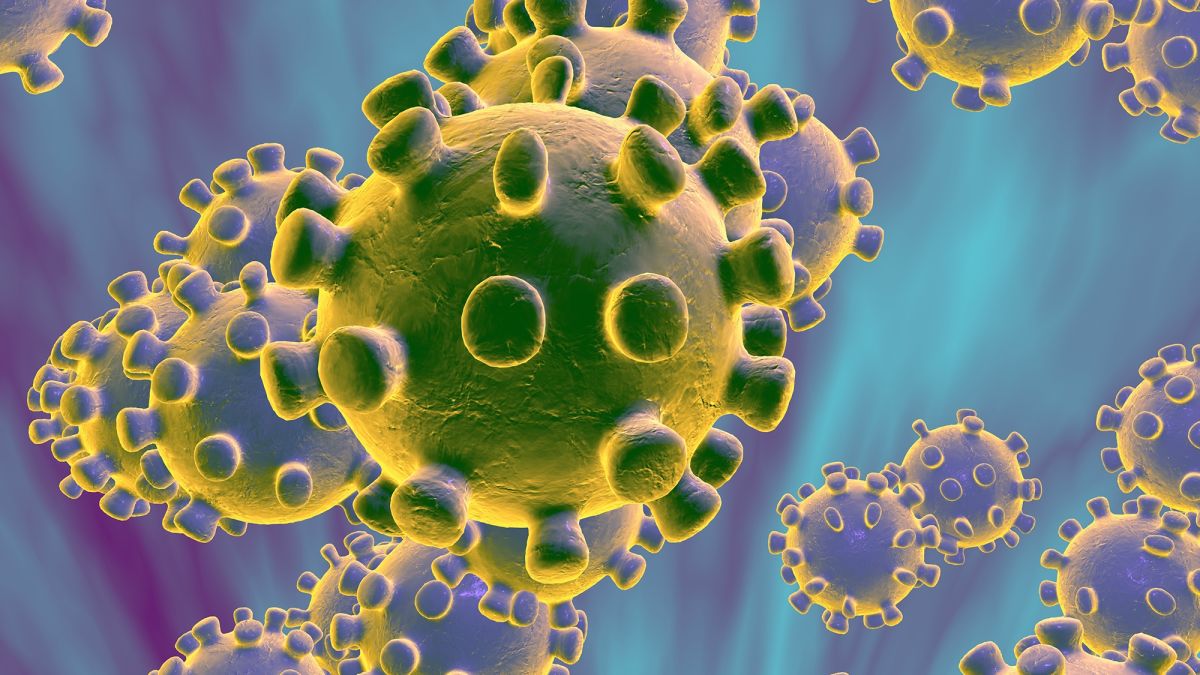Although being blatantly told by the doctors, sometimes we or even our families are still shocked by the news that we’ve been diagnosed with breast cancer. Our minds can’t accept all the information that our doctors want to tell us.
This article is going to provide some basic knowledge about the indicators and anatomical results after breast cancer surgery to help you and your family calm down, understand what is happening and control it better.
Anatomical Result [1]
After having a biopsy or surgery, cells and tissues will be sent to the pathologists. Experts use microscopes to observe them and write down the result on a pathology report. This process may last a few days. The information on that report will help you and your doctors decide the best treatment regimen. You should keep a copy of that anatomical result.
- Hormone receptors: ER+ and ER-
Hormone receptors are special proteins found inside cells that are able to connect hormones to cells. Hormone receptors help hormones affect a cell’s growth.
Reports say that either your breast cancer is negative or positive with hormone receptors. This determines whether hormone therapy is right for you or not. There are 2 types of hormone receptors, oestrogen receptors and progesterone receptors. If your cancerous cells include hormone receptors, that means it is positive with oestrogen receptors (ER+) or progesterone receptors (PR+).
- HER2 status
HER2: The protein found in the cell that helps to link the growth factor to the cell, which causes the cell division. HER2 is also called HER2-neu or c-erbB2.
Reports indicate whether your cancerous breast cells contain HER2 receptors or not. This section is called the assessment of the HER2 status of cancerous breast cells. HER2 status has a part to decide if you are fit for trastuzumab (Herceptin).
- Lymph Nodes
Lymph nodes: These are glands located in the armpit areas and other parts of the body, helping the body get rid of the risk of infection.
The reports show if there are some cancerous breast cells on your armpit or breast areas. Usually this information is only available after breast surgery and for the purpose of determining whether chemotherapy is appropriate.
- Surgical margin
Surgeons will eliminate the cancer tissues and some healthy sensory tissues around the affected area. Healthy sensory tissue is called surgical margin. If there are no cancerous cells in the healthy sense tissue, it can be considered that the cancer is completely eliminated. In this case, the surgical margin is called “clean”. This information only appears after breast surgery. If the surgical margin is not considered “clean”, you might continue surgery to ensure that the cancer is completely removed.
- Breast cancer grade
Breast cancer grade (unlike breast cancer stage) indicates the growth rate of cancerous cells. Breast cancer grades are numbered from 1 to 3. Low grade (Level 1) means that the cancer is growing slowly. Level 2 – Medium, High Level (Level 3) means it grows faster.
Grade / degree is also understood as the different level of malignant cells compared to normal cells. Grade 1 is not much different, Grade 2 is moderately different, Grade 3 means completely different.
- Antigen Ki-67 [2]
The Ki-67 antigen is a protein located at the surface of the cell and promotes the production of antibodies. Ki-67 is an indicator of antibodies to tumor antigens found in breast cancer cells.
If your tumor undergoes a Ki67 test, the anatomical results will expose the Ki-67. The higher the number is (more than 20%) the faster your cancer cells will grow and divide.
Tumors with a high grade of cancer usually get a high Ki67 percentage as well. However, there is no clear evidence that Ki-67 is associated with survival rate. (dunkinbahamas.com) Some studies have shown relevance, but other studies do not.
Several studies have suggested that some hormone receptors (ER) which are positive with high Ki-67 level may not respond well to tamoxifen or aromatase inhibitors. However, they also do not apply well to chemotherapy.
You should not worry if the anatomical results do not include information about the Ki-67 level of the tumor. Some institutes carry out this test, while others do not.
If you have the Oncotype DX test for a tumor, the Ki-67 is one of 21 genetic tests used to estimate the risk of recurrence of breast cancer.
- Oncotype DX [3]
Oncotype DX is a test that can help your doctors decide if chemotherapy should be considered as a part of the treatment regimen, and whether it is better for you or raises the possibility of the cancer’s recurrence in the future.
Whether or not your doctor recommends chemotherapy depends on many characteristics of the cancer such as size, grade of cancer, and if there are any lymph nodes attacked by cancerous cells. The Oncotype DX test adds information on these factors which contribute to the decision of whether you need chemotherapy in some cases.
This test will be done during or after surgery.
- S-phase fraction [4]
S-fraction: This number tells you the percentage of cells in the sample that are in the process of copying genetic information or DNA. This period S (short name for “synthesis period”) occurs only before one cell divides into two new cells. Results below 6% are considered low, 6-10% are average, and over 10% are high.
Note that the Ki-67 and S-phase indicators give doctors more information during treatment. Leading experts have not found consensus in the use of these tests during treatment. Thus, those indicators, Ki-67 and S-phase may or may not be included in your anatomical results.
Relevant indicators in the process of breast cancer monitoring and treatment
- Tumor marker – CA15.3 [5]
Tumor markers are a type of substance, usually proteins, such as CA15-3 and CEA, produced when your body reacts to cancer or to cancerous tissue itself. If this substance is above normal levels, it may be helpful to find the location of the metastatic area. However, this test is often used to identify how the cancer responds to the treatment process.
Remember, this tumor marker is not always reliable, for instance, some tumor markers can increase though there are other signals showing the reaction of your tumors to treatment; or some breast cancers cannot produce tumor markers. For that reason, some cancer specialists do not use this test. Other doctors use this method as a means to check the reaction of the cancer to treatment.
BCNV 12/2013
[1] According to the Australian Cancer Society’s “Handbook for Early Breast Cancer Women”
[2] According to Dr. Susan Love Research Foundation (http://www.dslrf.org/breastcancer/content.asp?CATID=28&L2=1&L3=6&L4=0&PID=&sid=132&cid=1487
[3] According to the British Breast Cancer Care Foundation (http://www.breastcancercare.org.uk/breast-cancer-information/about-breast-cancer/oncotype-dx)
[4] According to http://www.breastcancer.org/symptoms/diagnosis/rate_grade
[5] According to the “Bond Metastatic Breast Cancer: Hope and Obstacles” document supports the patients of Breast Cancer Network AustraliaBCNV strives in our ability to provide the most reliable information for Vietnamese people who are unfortunately diagnosed with breast cancer.
However, BCCV cannot guarantee or be responsible or be held liable for the accuracy or completeness of such information, for any loss or damage from the use of information in this article. However, the BCNV welcomes and respects constructive comments from experts, doctors, patients and interested people to make the articles have more accurate information and scientific value to serve the unfortunate women who have been affected by the disease and raise awareness of the communities better.
We always recommend patients talking to their specialist about their decisions during treatment.












